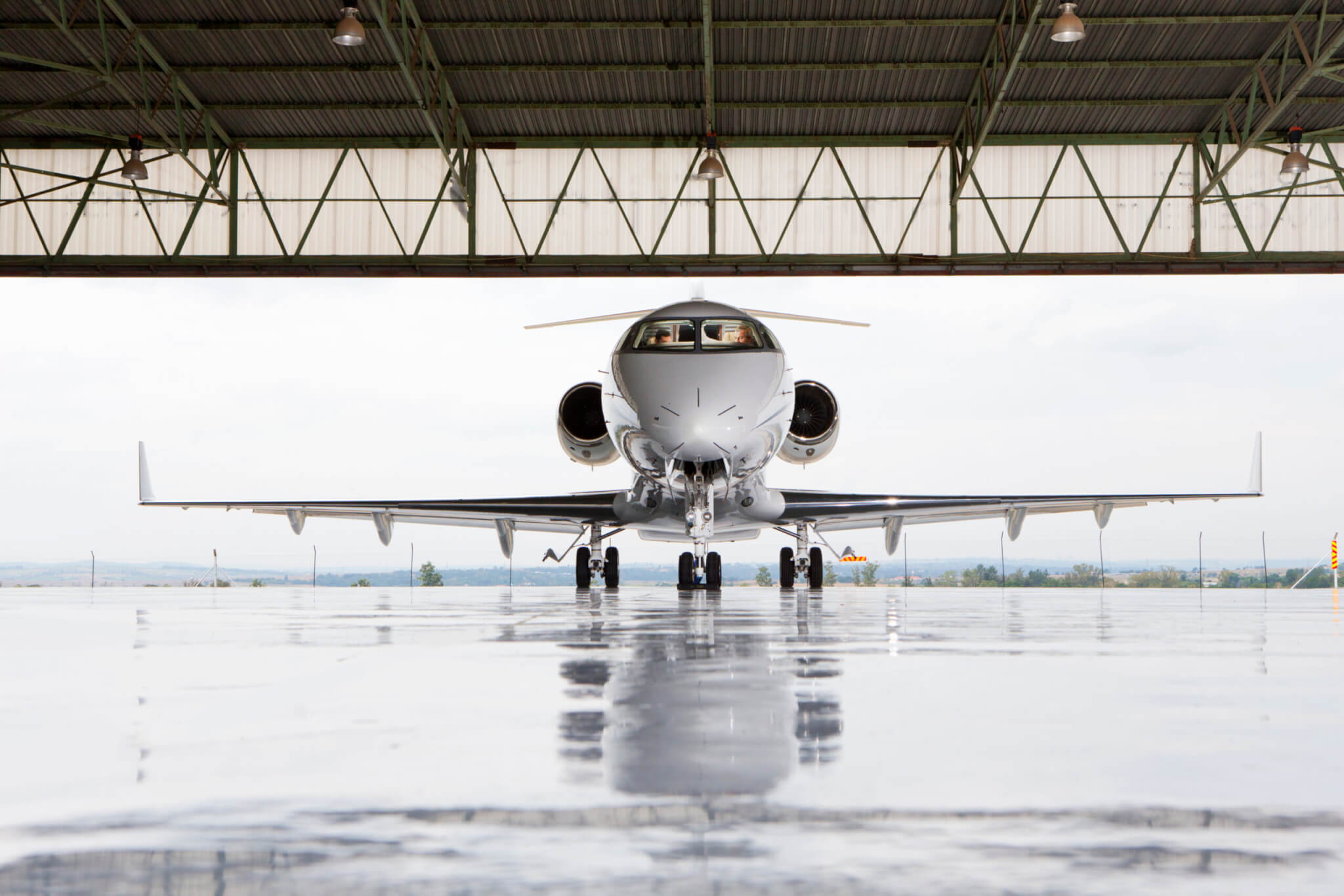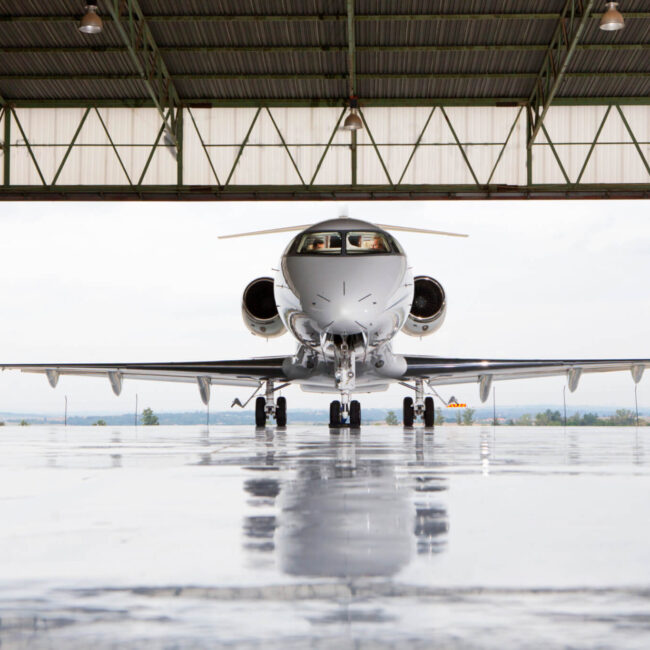IRS Audit Campaign Will Examine Personal Use of Corporate Airplanes

Perhaps spurred on by recent reports about some Supreme Court justices’ gratis rides on corporate jets, the IRS has announced plans to begin “dozens of audits on business aircraft involving personal use.” The agency’s Business Aircraft Campaign will focus on airplane usage by large corporations, large partnerships and high-income taxpayers, emphasizing the amount of business versus personal use, income reporting and fringe benefit inclusion. The IRS notes that it is common for business planes to be used for both business and personal reasons by officers, executives, other employees, shareholders and partners.
Tax Issues
Business deductions are allowed for the expenses of purchasing, maintaining and operating corporate jets if the aircraft is used for business purposes; however, there are detailed rules about how the use of the aircraft must be allocated between business use and personal use. The tax consequences of too much personal use can be significant, not only for the business but also for the owners, officers and employees. Too much personal use can result in deductions being reduced or denied and income inclusion by individuals using the airplanes.
Depreciation and Expensing
Private planes are “listed property” under the Internal Revenue Code and regulations. This means the rules limiting deductions and strict requirements for substantiation apply to these business assets. For depreciation, corporate aircraft cannot get bonus depreciation, Sec. 179 expensing or modified accelerated cost recovery (MACRS) unless the plane is used more than 50% for business purposes. If business use falls below this amount, the airplane can only be depreciated using the straight-line method in that year and all future years. Not only that, but the business will have to recapture the higher deductions by recognizing income equal to the amount of bonus or accelerated depreciation deducted back to when the asset was originally placed in service.
Determining Business vs. Personal Use
When determining business use for purposes of the 50% test, the IRS looks at the total flight hours of the aircraft and what percentage of that time was for business versus personal use. The definition of “business use” can be tricky. For example, it does not include flights to compensate 5% owners or related parties except in special circumstances. Leasing activities also may not be qualified as business use if a 5% owner’s company is involved. Personal use is characterized as either for entertainment, like trips to sporting events, or for non-entertainment purposes, such as commuting. In short, the determination of whether a flight is for personal or business use is a complicated analysis that depends on pages of technical regulations.
Income Inclusion for Owners, Officers and Employees
For owners, executives, or employees, personal trips can result in W-2 income at the rates that would be charged for a commercial flight under the Standard Industry Fare Level (SIFL). Partners’ personal flights may be treated as guaranteed income. If flights by employees are for business purposes, they may be considered working condition fringe benefits and therefore be excluded from the employee’s income.
Operating Expenses
Not only depreciation, but operating expenses are subject to allocation between business and personal use as well. Expenses subject to partial disallowance include: salaries for pilots, maintenance personnel and other personnel assigned to the aircraft; meal and lodging expenses of flight personnel; take-off and landing fees; costs for maintenance flights; costs of on-board refreshments, amenities and gifts; hangar fees (at home or away); management fees; costs of fuel, tires, maintenance, insurance, registration, certificate of title, inspection, interest on debt secured by the plane and costs paid for aircraft leased or chartered to the taxpayer.
Observations
As IRS Commissioner Dan Werfel explained using some obvious puns, “Personal use of corporate jets and other aircraft by executives and others have tax implications, and it’s a complex area where IRS work has been stretched thin. With expanded resources, IRS work in this area will take off. These aircraft audits will help ensure high-income groups aren’t flying under the radar with their tax responsibilities.”
Businesses that operate or lease corporate aircraft should try to stay under the 50% personal use threshold to preserve valuable accelerated depreciation deductions. They also must maintain meticulous records so the proper allocations can be made between allowed and disallowed expenses. Records should detail the purpose of each flight, who the passengers were and for what purpose they were flying. Owners, officers and executives will be more likely to have taxable income for corporate travel now that the IRS is carefully scrutinizing corporate jet use. Businesses need to get ahead of the problem by analyzing their private aircraft usage and making necessary policy and record keeping changes to avoid the negative consequences of an audit under the IRS’s new initiative.
Explore related insights
-
How to Choose the Right Cybersecurity Framework: A Guide for Mid-Market Companies
Read more: How to Choose the Right Cybersecurity Framework: A Guide for Mid-Market Companies
-
Are Tariffs Subject to Sales Tax? It Depends on the Details.
Read more: Are Tariffs Subject to Sales Tax? It Depends on the Details.






